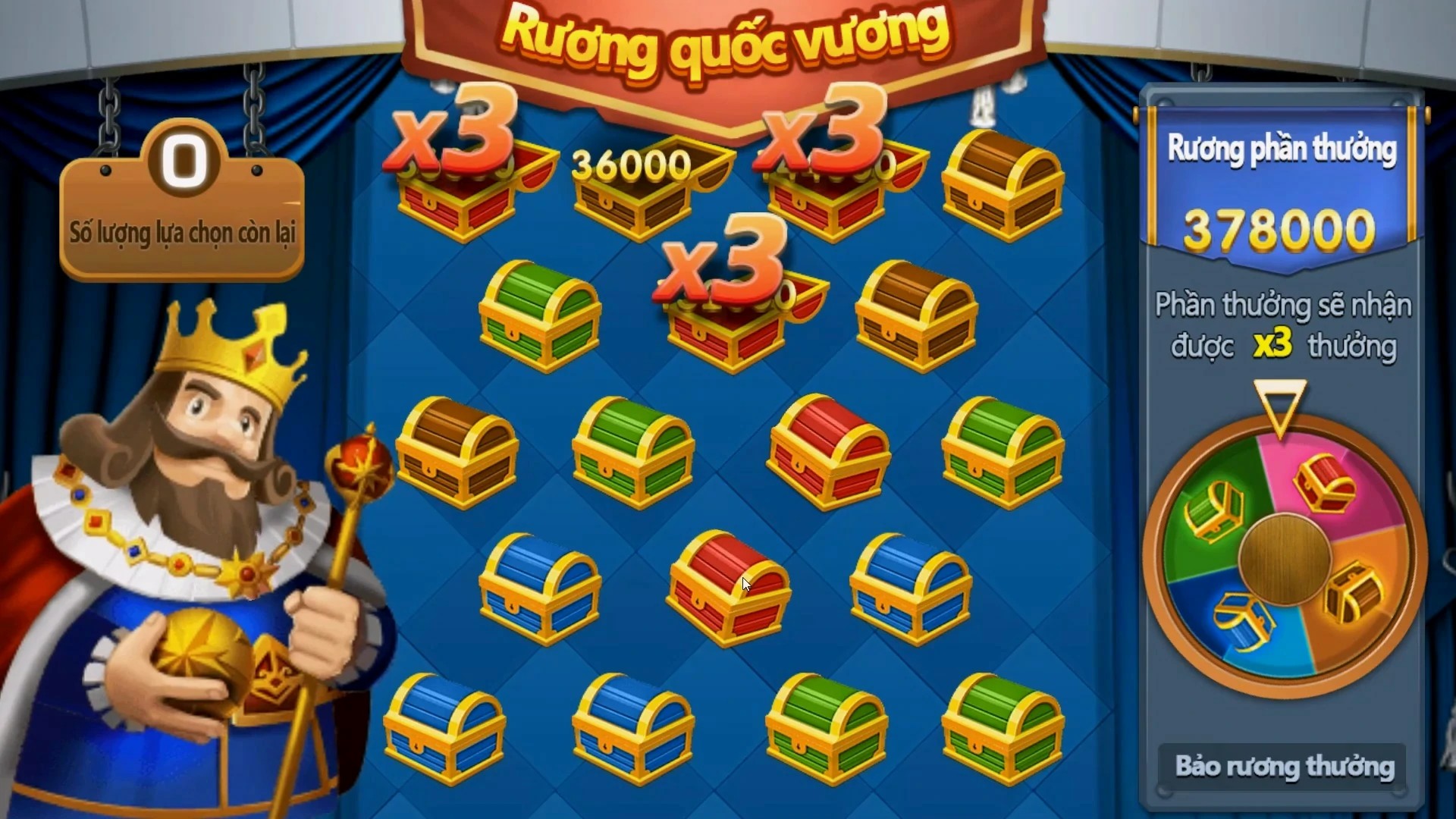Casual Games vs. Educational Games: Bridging Fun and Learning for All Ages
In the world of gaming, there is a constant tug-of-war between casual games and educational games. Each genre offers unique experiences, captivating various demographics and age groups. But what happens when we combine fun with learning? It is an interesting juxtaposition that leads us to explore the diverse realms of casual entertainment and educational enrichment. This article takes a light-hearted yet insightful look at these two types of games, shedding light on their applications, benefits, and the potential they hold to offer both fun and learning.
What Are Casual Games?
Casual games are, as the name suggests, easy-going, typically designed to provide instant enjoyment without the long-term commitment. Think of games like Angry Birds, Candy Crush, or even the quirky Puzzle Comics Kingdom. They're often characterized by simple gameplay mechanics and short play sessions. Most importantly, they aim to entertain rather than challenge players intellectually.
The Allure of Educational Games
On the other hand, educational games are crafted with a purpose: they not only entertain but also educate. Games like Kahoot, Duolingo, or educational mobile games, such as Download Game Sarada Training the Last War for Android, combine fun and educational content, helping players learn new skills or information while enjoying themselves. The appeal of these games lies in their ability to engage players actively in the learning process.
The Hybrid of Fun and Learning
Can we bring both casual and educational elements into a single game? Absolutely! Many developers are currently exploring this frontier. Picture a game that grabs your attention with its engaging storyline while teaching you a thing or two about history or math. This fusion of genres can lead to enriching experiences that leave players both entertained and enlightened.
Benefits of Playing Casual Games
- Stress Relief: They provide a great break from the daily grind.
- Quick Engagement: Players can easily pick them up and play a few rounds in a short amount of time.
- No Commitment: There’s minimal commitment required, appealing to a wide audience.
- Social Interaction: Many casual games incorporate multiplayer options that allow friends to join in.
Advantages of Educational Games
- Skill Development: They can improve critical thinking and problem-solving skills.
- Enhancing Memory: Games often integrate memorization and recall techniques.
- Broadened Knowledge: Players learn about a variety of subjects, from languages to science.
- Adaptability: Educational games can cater to different learning styles.
Target Audience Comparison
| Game Type | Target Audience | Age Range |
|---|---|---|
| Casual Games | All ages; popular among young adults and teens | 5 to 40+ |
| Educational Games | Students, learners, educators | 5 to 30+ |
Integrating Casual and Educational Elements
As we delve deeper into the combination of casual and educational games, we find more and more titles making this leap. For instance, platforms that gamify learning experiences can make traditional subjects more engaging. You might even discover educational puzzles that challenge your intellect while delighting you with their graphics and storyline.
Case Study: Puzzle Comics Kingdom
Take Puzzle Comics Kingdom as a case in point. This game marries the joy of casual gaming with educational undertones. Players solve puzzles that reveal comic strips, creating an enjoyable experience packed with humor and thought-provocation. The clever narrative encourages players to think critically while indulging in delightful storytelling.
The Role of Technology
Today's technological advances facilitate the creation of immersive learning environments. That’s why mobile games like Download Game Sarada Training the Last War Android aren’t just about leisure; they can be vehicles for learning. Potential exists to generate quizzes at the end of each gaming scenario, consolidating the knowledge gained during gameplay, and creating an atmosphere where learning truly becomes fun.
Is There a Downside?
While the benefits are enticing, it's crucial to understand that not all games can seamlessly blend education and entertainment. Some games may sacrifice educational value for flashy graphics or instant gratification. So, as players, it’s essential to pick games that stimulate learning without losing sight of amusement.
(Pros and Cons of Casual vs. Educational Games)
| Type | Pros | Cons |
|---|---|---|
| Casual Games | Quick fun, easy to learn | May lack depth and educational value |
| Educational Games | Skill enhancement, broad knowledge gain | Some can be boring or complex for casual players |
The Importance of Balance
Ultimately, creating a perfect blend of casual dynamics and educational components is all about achieving balance. Games can engage players while fostering interpersonal skills, problem-solving capabilities, and critical thinking without compromising on enjoyment.
Conclusion
In summary, the landscape of gaming is vast and ever-evolving. Casual games wrap players in an immediate sense of fun, while educational games equip them with knowledge and skills for the future. When the two collide, they form a hybrid that promises an engaging, immersive experience for all ages. So, the next time you sit down with your phone or computer, consider opting for a game that not only entertains you but also enriches your mind. It’s a win-win situation!



